Opened up a new file in Notepad and inserted the sentence without the quotes, "Four score and seven years ago" in it.
Four 4 characters
score 5 characters
and 3 characters
seven 5 characters
years 5 characters
ago 3 characters
TOTAL : 25 + 5 spaces = 30 characters.
You will find that the file has a size of 30 bytes on disk: 1 byte for each character. Saved the file to disk under the name gettingSize.txt. Then look at the size of the file. As a rule, Each character consumes a byte.
Size : 30 bytes
Size on Disk : 4.00 KB (4,096 bytes)
The below paragraphs are copy pasted from a pdf.
If you were to look at the file as a computer looks at it, you would find that each byte contains not a letter but a number -- the number is the ASCII code corresponding to the character (see below). So on disk, the numbers for the file look like this:
F o u r a n d s e v e n
70 111 117 114 32 97 110 100 32 115 101 118 101 110
By looking in the ASCII table, you can see a one-to-one correspondence between each character and the ASCII code used. Note the use of 32 for a space -- 32 is the ASCII code for a space. We could expand these decimal numbers out to binary numbers (so 32 = 00100000) if we wanted to be technically correct -- that is how the computer really deals with things.
1) i know that every thing is stored in the form of bits and bytes, so what generally this means - "you would find that each byte contains not a letter but a number -- the number is the ASCII code corresponding to the character". A byte is 8 bits. So how does "each byte a number -- the number is the ASCII code". How can a byte contains a ASCII number(eg. 49 for '1') other than 0 and 1?
2) What exactly is the difference between Size and Size on Disk? And How does ASCII and Unicode fit into it?
3)In Java, Strings are objects. Can I say it be a multiple characters concated together? String str = "Four score and seven years ago" So how does a str stored in memory. Is it in the same manner as saving in the notepad file?
